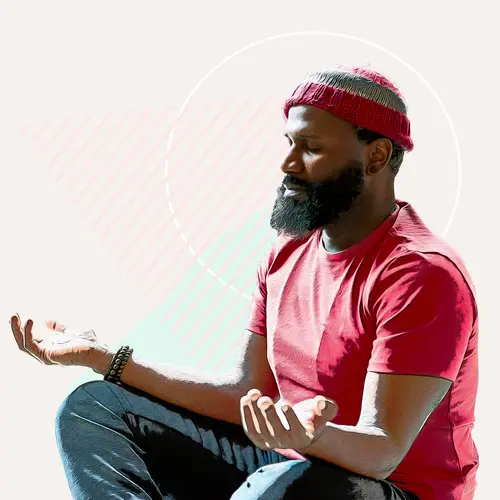Ageism is a type of bias toward people of a certain age. Younger and older people can be targets for ageism in their everyday lives. Speaking out against ageism is a powerful way to stop the bias.
What Ageism Looks Like
Like any bias, you'd be surprised at the places it appears in your everyday life.
Self-inflicted. People are harsh on themselves. As friends and family get older, you may notice them make comments about their age. They'll say things like, "I'm getting too old for that." They're letting their age determine what they do and how they live.
Other examples of self-inflicted ageism include:
- Referring to their mistakes as " senior moments."
- Saying they can't wear certain clothes, go places, or do activities because they're "too old."
- Blaming their health problems on their age.
Workplace ageism. This form of ageism happens to both younger and older people. People don't expect older people to handle fast jobs that use technology. They don't expect younger people to know much just because they're young.
Workplace ageism can be large-scale, too. For example, employers may deny someone promotions, special projects, or job positions because of their age.
People sometimes use "reverse ageism" to describe ageism directed at younger people, but ageism is enough to represent any age discrimination.
Other examples of workplace ageism include assumptions that:
- Older people are preventing younger people from moving up in the company.
- Older people can't or don't want to adapt to changes within the company.
- Older people can't do labor-intensive tasks.
Ageism in media. TV, movies, books, and games can create biases towards older people. When media pokes fun at older people or comments about the negativity of their age, they reinforce ageist stereotypes.
Media influences the way people talk about things. Ageism in the media has established many common ageist stereotypes. including:
- Older people are forgetful, or have "senior moments."
- Assisted living centers are for "old people."
- Older people are lonely or "disabled" and need someone to help them
Speaking Out Against Ageism
Being able to identify ageism is half the battle. Simply being aware of ageist biases will help you address your own, but addressing someone else's prejudices can be challenging.
Talk to the right person the right way. If the person making an ageist comment is a family member, privately speaking to them should be enough. On the other hand, a work scenario may call for a human resources representative to bring the issue to a boss or coworker.
Keep calm. It's easy to get emotional when calling out biases. The person who's being ageist may be defensive regarding their comment, claiming, "It was just a joke".
When tensions are high, emotions can cloud your judgment. Emotions will make it difficult for you and the other person to thoughtfully address the ageist behavior.
Have a conversation. A one-sided conversation will feel like an accusation. Accusations are likely to end with the other person shutting down, getting defensive, or being closed to change.
If a head-on conversation isn't ideal, turn your prompt into a conversation by modeling what you want to see. For example, if a supervisor is ignoring the skills of an older coworker because of their age, point out why that coworker would be suited for a project.
What to Say
You can identify ageism. You know the best way to start a discussion about ageism. But what do you say?
Ageism is disrespectful. Discriminatory language is offensive to the person targeted. A comment about a person's age disrespects their identity, and it's worth mentioning when pointing out ageism.
Silence isn't consent. Keeping quiet in the face of prejudice might make the person being ageist feel as though there's nothing wrong with what they said.
Point out to the person that their comments and jokes are harmful. If the target of the joke laughs or doesn't respond, that doesn't mean they're okay with what was said. The comments are still harmful regardless.
Ask for an explanation. Instead of leading into a conversation about ageism with an accusation, start with asking, "Can you explain what you meant by that?" This question encourages the person to walk through the thought process behind their ageist comment.
Experience and innovation are both needed. Ageism in the workplace can be seen from older and younger people — biases can come from all sides. Remind your coworkers that older people bring experience and wisdom to the table, while younger people bring valuable innovation that needs to be heard. You need both in work and life.
That doesn't mean that older people can't be innovative and younger people don't have experience. Encourage people to look past age and see credentials.

